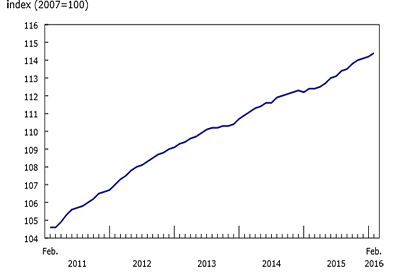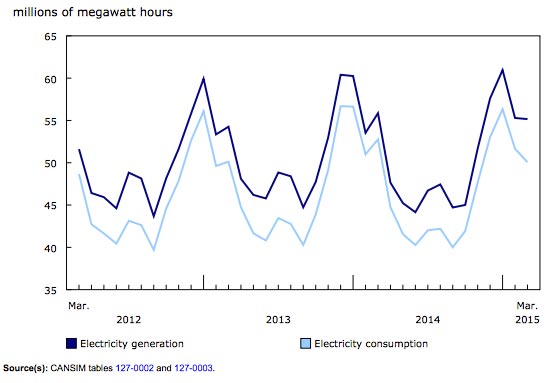Residential Building Permits up for a Third Consecutive Month

January 7, 2022
The total value of building permits increased 6.8% to $11.2 billion in November. Seven provinces, led by Alberta (+20.6%) reported increases. Construction intentions in the residential sector rose 12.0% while the non-residential sector declined 3.4%.
On a constant dollar basis (2012=100) building permits increased 6.3% to $7.6 billion.
Residential sector up for a third consecutive month
Construction intentions for the residential sector increased 12.0% to $7.8 billion at the national level, reaching the highest level since the record set in March 2021. Growth in the sector was driven mostly by British Columbia (+31.7%).
The total value of multi-family permits bounced back 20.2% after the previous month’s 8.5% decline. A $256 million permit for the Plaza One residential tower in Surrey pushed British Columbia 53.9% higher for the month.
Permits for single family homes rose 3.3%, reflecting strength in Ontario (+4.2%) and Quebec (+8.3%). In Nova Scotia, the value of single-family permits rose 35.9% to a record value of $118 million in November.
Institutional component weighs down non-residential sector
The value of institutional permits fell 49.2% in November to $613 million, reversing October’s strong growth. This was the lowest level for institutional permits since April 2020.
Construction intentions in the commercial component rose by 14.3%. Alberta (+140.2%) led the growth, with a $316 million permit approved for the BMO convention centre expansion in Calgary.
Industrial permits rose 45.1% in November following a strong downturn in October. Much of the growth was from Ontario (+98.0%), where permits reached their highest level since August 2019.
Despite notable growth in the commercial and industrial components, the non-residential sector declined 3.4% overall in November.
To explore data using an interactive user interface, visit the Building permits: Interactive Dashboard.
To explore the impact of COVID-19 on the socioeconomic landscape, please consult the Canadian Economic Dashboard and COVID-19.
Go HERE for more information
















